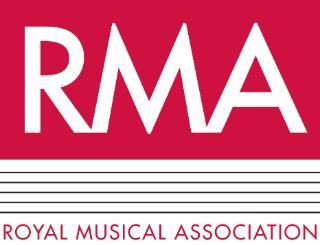59-60 Mass of Our Lady
Mass of the Blessed Virgin Mary According to the Use of Salisbury, I & II
Mass of the Blessed Virgin Mary [BVM] was widely celebrated in Salisbury Cathedral as a weekly commemoration by the later twelfth century, and as a daily observance by 1226. By the fifteenth century, Lady Mass was widespread in the Latin Western Church, including the Use of Salisbury. The daily Mass was often embellished with polyphony in the Lady Chapel, and the weekly commemoration persisted as the principal Mass for the whole of the clerical body in the main choir and presbytery.
The weekly commemoration of the BVM can be traced back to the time of Alcuin (d. 804), as one of a weekly cycle of comparable observances. The BVM was usually commemorated on Saturday, and would come to take precedence over the seasonal Office and Mass in choir on that day. As the Kalendar became fuller in the late Middle Ages, a feast of higher rank falling on Saturday displaced the commemoration, which either took place on another available day, or else was omitted.
Mass of the BVM is comparatively stable and consistent, at least by the norms of medieval Latin liturgy. There are three seasonal groups of Proper chants, prayers and readings: Advent, Christmastide and the remainder of the year (with adjustments in content for the penitential and Easter seasons). It therefore provides a good starting-point for the study and performance of the medieval Mass in Latin.
The following Open Access off-prints from the main edition offer all that is required for the weekly Mass of the BVM throughout the year. The main edition includes a richer palette of Propers for the daily Mass of the BVM, as well as historical narrative and critical commentary not provided in the off-prints.
The off-prints consist of five PDF booklets. Their page-size is that of the main edition, but they can be printed on standard A4, A5 or letter paper, depending on the required print-size. At 100% scale, the type is large enough to read on a choir lectern or altar; reduced, it is still large enough for study or an individual singer.
Two Choir Booklets provide the choir chants for the Mass Ordinary and Mass Proper. They are continuously paginated (pp. 1–64).
Three Priest’s Booklets provide for the celebrant and altar assistants (deacon, subdeacon, acolyte, thurifer and candle-bearers). These too are continuously paginated (pp.1–86).
Choir Booklet I (Open Access) PDF 1,801Kb
This contains the Mass Ordinary for the singers, including ritual directions.
Choir Booklet II (Open Access) PDF 1,846Kb
This contains the Proper chants.
Priest's Booklet I (Open Access) PDF 1,768Kb
This presents the Ordo Misse or unchanging elements of the Mass, including ritual directions for the priest.
Priest's Booklet II (Open Access) PDF 1,761Kb
This has the Proper prayers, chants and readings.
Priest's Booklet III (Open Access) PDF 1,664Kb
This contains ritual directions. What happens in the presbytery (or sanctuary) and what happens in the choir are not always coincident. For instance, at the opening of the Mass, the first coincident moment is the intonation of Gloria in excelsis (or in the penitential season, when there is no Gloria in excelsis, the greeting before the Collect): this interplay is tabulated on pp.78–9.



